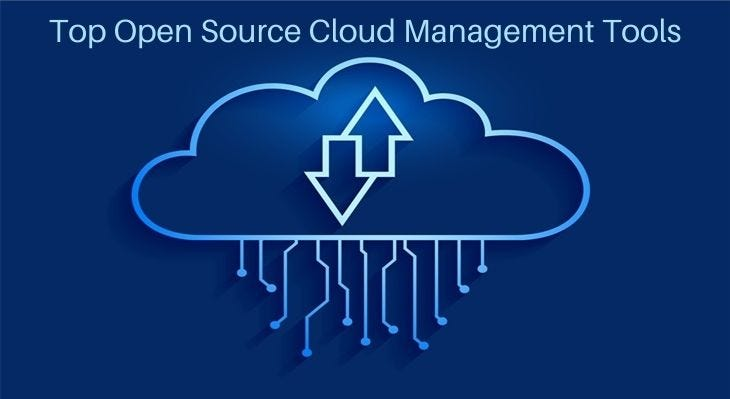
The cloud management landscape in 2024 is a vibrant playground of innovation, with tools constantly adapting to the growing complexity of multi-cloud and hybrid environments. Here’s a look at some key trends and prominent players shaping the future of cloud management:
Key Trends:
- Multi-cloud and hybrid dominance: Tools are moving beyond single-cloud management, offering unified control across diverse cloud providers and on-premises infrastructure.
- Focus on cost optimization: Increasingly sophisticated tools help identify and eliminate wasted resources, optimize resource allocation, and negotiate better cloud costs.
- Security and compliance automation: Integration with security and compliance tools simplifies audits, vulnerability management, and adherence to regulations.
- Embracing Infrastructure as Code (IaC): Automation through IaC tools is becoming standard for managing and deploying cloud resources efficiently.
- Rise of AI and machine learning: ML-powered tools are automating routine tasks, providing predictive insights, and optimizing cloud performance.
Prominent Cloud Management Tools:
- Flexera Cloud Management Platform: Comprehensive platform for cost optimization, governance, security, and automation across multi-cloud environments.
- Nutanix Cloud Manager: Hybrid cloud management solution with a focus on automation, disaster recovery, and multi-cloud control.
- Morpheus Data: Unified platform for managing on-premises, cloud, and containerized environments, simplifying provisioning, governance, and automation.
- CloudCheckr: Cost optimization specialist, offering multi-cloud cost management, resource optimization, and cloud savings recommendations.
- Terraform Enterprise: Powerful IaC tool for managing the lifecycle of cloud and on-premises infrastructure, ensuring consistency and automation.
Additional Notable Options:
- Azure Management Tools: Built-in suite for managing Azure resources, offering granular control, security features, and integration with other Azure services.
- AWS Management Console: Provides central access to manage AWS resources, with granular control, automation tools, and cost optimization insights.
- Google Cloud Platform Console: Simplifies managing GCP resources, offering deployment tools, resource monitoring, and security features.
- CloudHealth: Focuses on multi-cloud cost management and optimization, helping identify wasted resources and negotiate better cloud pricing.
Choosing the Right Tool:
Selecting the best tool depends on your specific needs and environment:
- Complexity of your environment: Single-cloud, multi-cloud, or hybrid?
- Cloud providers you use: Does the tool support your chosen providers?
- Focus on cost optimization, security, or automation?
- Budget: Open-source, freemium, or paid subscription?
- Integration with existing tools and workflows?
Best Practices for Effective Cloud Management:
- Develop a clear cloud strategy: Define your goals, cloud adoption plan, and governance policies.
- Choose the right tool based on your needs: Don’t settle for a one-size-fits-all approach.
- Embrace automation: Leverage IaC and automation tools for efficiency and consistency.
- Optimize your cloud costs: Use cost management tools to identify and eliminate wasted resources.
- Prioritize security and compliance: Integrate security tools and implement compliance checks.
- Continuous monitoring and optimization: Regularly monitor your cloud environment and adapt your strategies as needed.
Always keep in mind, cloud management is not just about choosing the right tool, it’s about adopting a proactive approach to optimize your cloud environment, control costs, and ensure security and compliance.
Say goodbye to the hassles of bike ownership! MotoShare.in offers affordable rentals, whether you need a scooter for errands, a bike for a road trip, or a reliable ride to explore new cities.

 Starting: 1st of Every Month
Starting: 1st of Every Month  +91 8409492687
+91 8409492687  Contact@DevOpsSchool.com
Contact@DevOpsSchool.com
